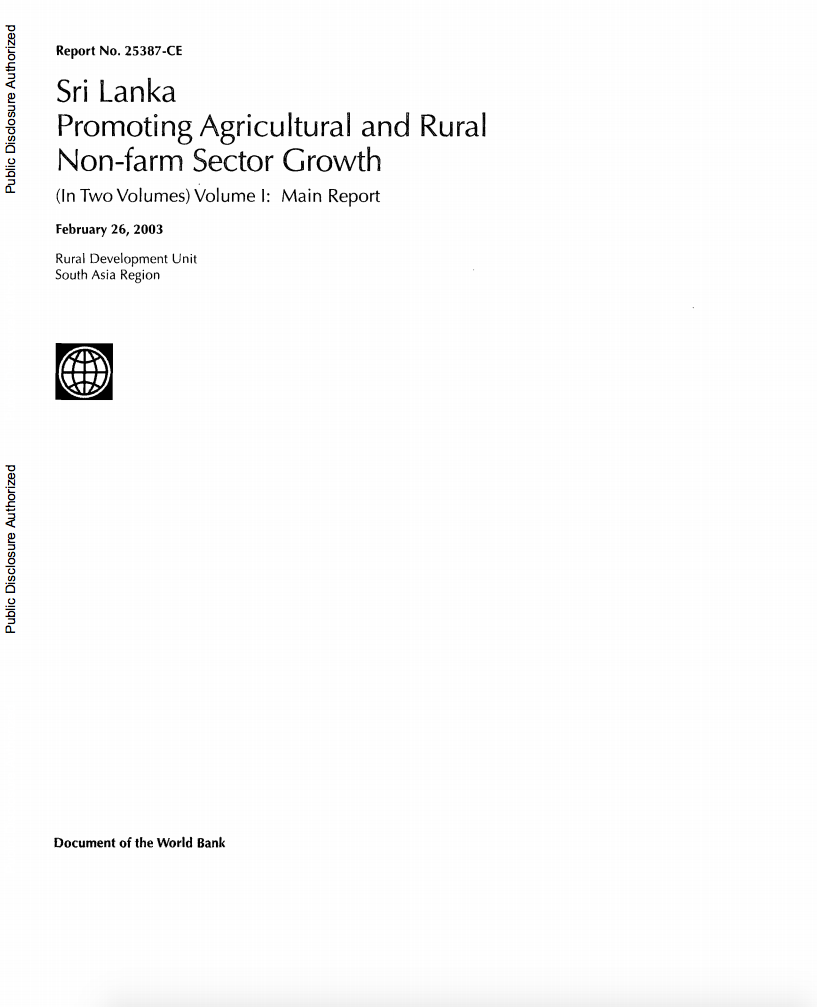China : Agenda for Water Sector Strategy for North China,
Volume 3. Statistical Annexes
The acute water shortage, and pollution
problems in North China have been exacerbated by the
continued population growth, and the accelerated industrial
expansion over the past half-century, conducive to
increasingly severe freshwater shortages, and catastrophic
consequences for the future. Significant commitments need to
be made to rapidly implement strategies to bring water
resource utilization back into a sustainable balance. The


